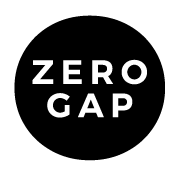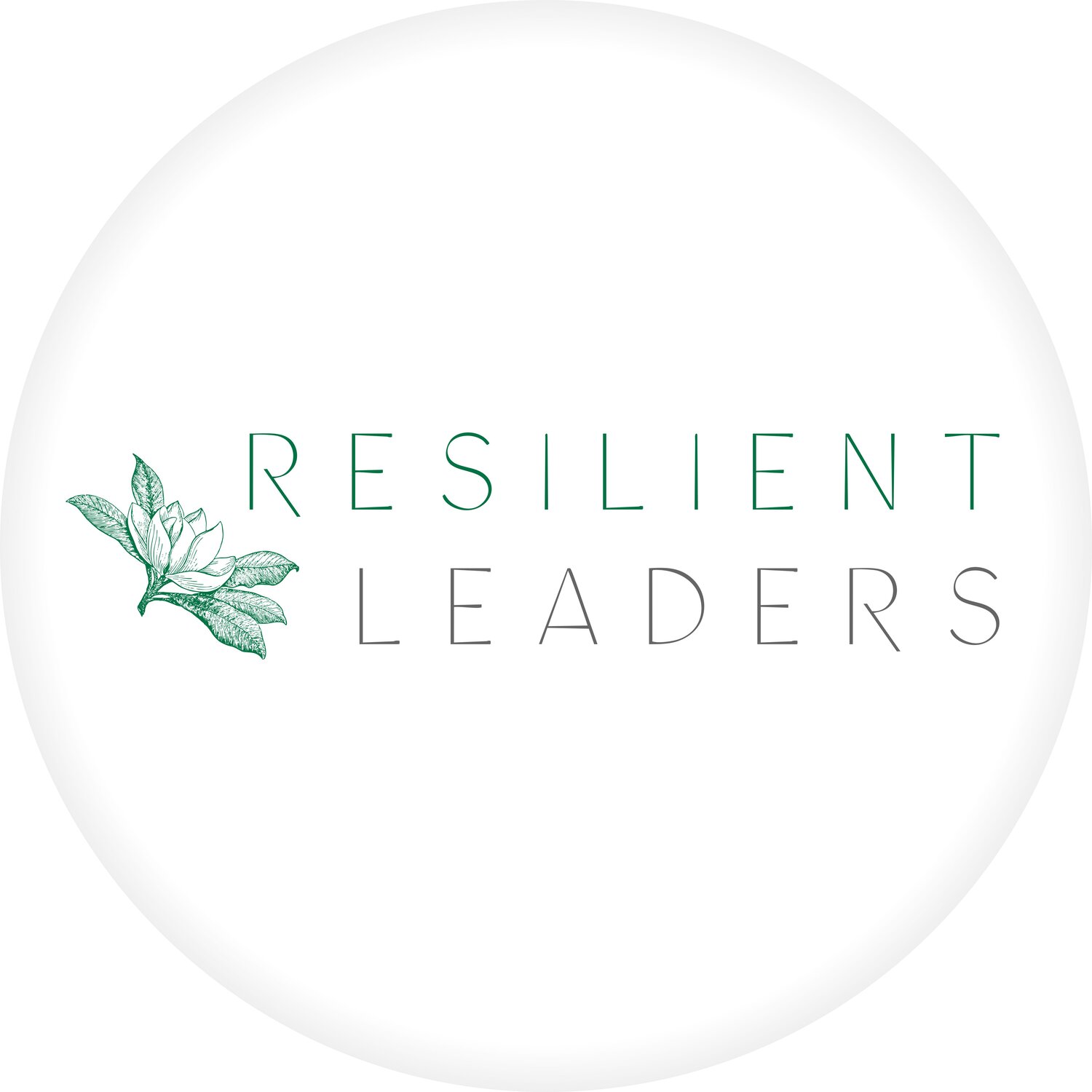Inclusive Leadership Development
Career Development Is a Business Strategy: Here’s How to Make It Work
Leadership isn’t reserved for the corner office anymore. In the twentieth century, leadership development was exclusive reserved for “high potentials” and key executives, usually in the form of off-site workshops and high-ticket coaching. Today? Leadership is part of the job, and it’s for everyone. That’s why organizations committed to growth are investing in daily, inclusive development that meets people where they are.
Enter ZeroGap’s Resilient Leaders Program your white-labeled solution for cultivating everyday leadership at every level.
The Business Case for Learning and Development
Organizations evolve when their people evolve. That’s not just nice to have it’s essential for competing in today’s volatile, uncertain, complex, and ambiguous (VUCA) business environment.
Learning and development (L&D), also called continuous improvement, helps companies:
Align individual performance with organizational goals
Foster belonging through orientation and career clarity
Build resilient leaders who can navigate change
But development isn’t one-size-fits-all. Here are just a few of the tools companies use, and where RLP fits in:
When done right, orientation sets the tone: employees understand expectations, meet mentors, and connect to team culture from day one. RLP builds on that foundation and sustains it through every career stage.
Understanding the Career Lifecycle
People don't show up at work in a vacuum. They arrive at different stages of their career each one requiring a different kind of support.
The 4 Stages of the Career Lifecycle:
Exploration – Identifying values, interests, and fit.
Example: A new graduate exploring whether they prefer research or client-facing roles.Establishment – Gaining experience, building confidence, creating value.
Example: A mid-level leader developing their leadership voice while managing a small team.Maintenance – Deepening skills, avoiding stagnation, and mentoring others.
Disengagement – Preparing for transition, legacy projects, and retirement.
Supporting your employees through each stage matters. It’s also good business. RLP meets people wherever they are in this cycle, giving them the structure and space to thrive and giving you the data to measure it.
Career Development Is a Shared Responsibility
Career growth is not just an individual ambition it’s a mutual agreement between employees and organizations.
Organizations support career development by:
Offering coaching and mentoring
Assessing strengths and identifying growth opportunities
Encouraging continuous learning through formal and informal training
Creating psychological safety for feedback and experimentation
When you invest in someone’s growth, it tells them: “We see you. You matter here.”
The 6 Stages of Career Development
Whether someone’s in a frontline role or senior management, the journey looks like this:
Assessment – Understand skills, gaps, and aspirations
Investigation – Explore growth paths internally and externally
Preparation – Build skills and readiness for next roles
Commitment – Apply new skills and engage with purpose
Advancement – Take on leadership and mentorship
Transition – Shift into new roles or legacy contributions
The Resilient Leaders Program aligns with each stage through storytelling, strategy, reflection, and goal setting empowering employees and creating a leadership pipeline that’s agile, inclusive, and scalable.
Not Just for High-Potentials
Historically, leadership programs were saved for the few. But research from The Deliberately Developmental Organization shows that organizations that develop everyone outperform those that don’t. Why? Because change, disruption, and innovation happen at every level.
The Resilient Leaders Program is inclusive by design. Yes, it helps high potentials grow. But more importantly, it helps every employee tap into leadership whether they manage people or not.
Because leadership today is about mindset, not title.
The Real Risk of Skipping Career Development
You’ve heard the question:
“What if we train people and they leave?”
The better question is:
“What if you don’t—and they stay?”
Underdeveloped employees don’t just plateau they disengage, underperform, or worse, become blockers to progress.
Final Thought
If your organization is serious about growing leaders at every level, then RLP isn’t just a program it’s a partnership. One that gives you the tools, strategy, and support to embed growth into your company’s DNA.
Let’s build a culture where development isn’t a perk it’s the plan.


